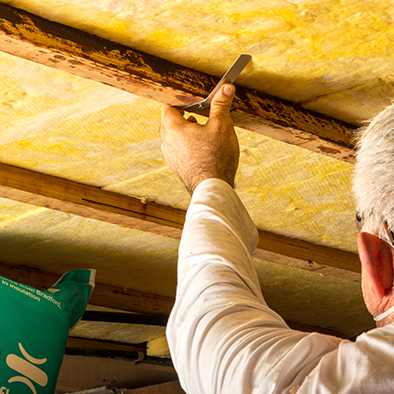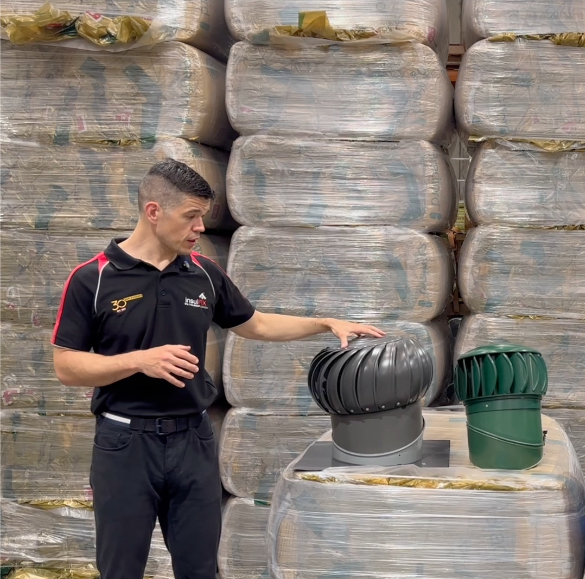Top 11 Tips for Installing Underfloor Insulation
Thinking about installing underfloor insulation? You’re in the right place.
Even if your roof and walls are already insulated, an uninsulated floor can still account for up to 15–20% of heat loss in winter. That’s according to data from Bradford Insulation.
Underfloor insulation makes your home more comfortable year-round, helps reduce energy bills, and stops draughts coming up through timber floors — common in many Australian homes.
Whether you’re tackling the job yourself or planning to hire a pro, here are 11 practical tips to get it right:
1. Use a Dedicated Underfloor Product
We recommend a product like Bradford Optimo. Unlike ceiling batts, underfloor insulation is semi-rigid and stiffer, so it fits snugly between joists without sagging over time. It’s also designed to resist moisture — ideal for subfloors where air and dampness are common.
2. Fit Batts Snugly — But Don’t Compress
A tight fit between joists is key, but don’t squash the batts. It’s the trapped air inside the insulation that provides thermal performance.
3. Aim for Waist-High Clearance
About 1 metre of clearance gives you enough room to work safely and comfortably. Smaller crawl spaces can still be insulated — but you might want to call in a professional for tight or tricky areas.
4. Use Retrofitting Support Straps
Gravity always wins eventually. Use insulation support straps to hold the batts in place for the long term and avoid future sagging.
5. Watch Out for Wires and Pipes
If you see anything unfamiliar — electrical, gas, or plumbing — play it safe and get advice before working around it.
6. Don’t Block Subfloor Vents
Make sure airflow remains unrestricted. Subfloor vents help prevent moisture build-up, mould, and rot.
7. Seal Gaps Between Floorboards
If there are visible gaps between your timber floorboards, seal them before you insulate. It’ll help stop draughts and cold air from rising into your home.
8. Inspect for Moisture or Drainage Issues
Before you start installing, check for signs of damp, leaks, or poor drainage. Fix these problems first to protect the performance of your insulation.
9. Underfloor Insulation Is a Popular DIY Job
Installing underfloor insulation is a popular DIY project in Australia. With the right gear, a clear space, and a dedicated product, it’s something many homeowners choose to tackle themselves.
10. Consider a Pro for Tougher Jobs
If the job looks too tight, tough, or time-consuming, hire a professional installer. It might cost more upfront, but you’ll get a faster, safer, and often tidier result.
11. Measure and Cut Carefully
For a clean, effective install, measure twice and cut once. Accurate sizing ensures the batts fit properly — boosting performance and keeping everything secure for years to come.
Bonus: What Can You Save?
Underfloor insulation can reduce heating and cooling loss through timber floors by up to 20%, improving comfort and reducing bills — especially when combined with roof and wall insulation.
Watch the Full Walkthrough
Want to see these tips in action? Watch the Youtube video below where we run through the install process step by step.



